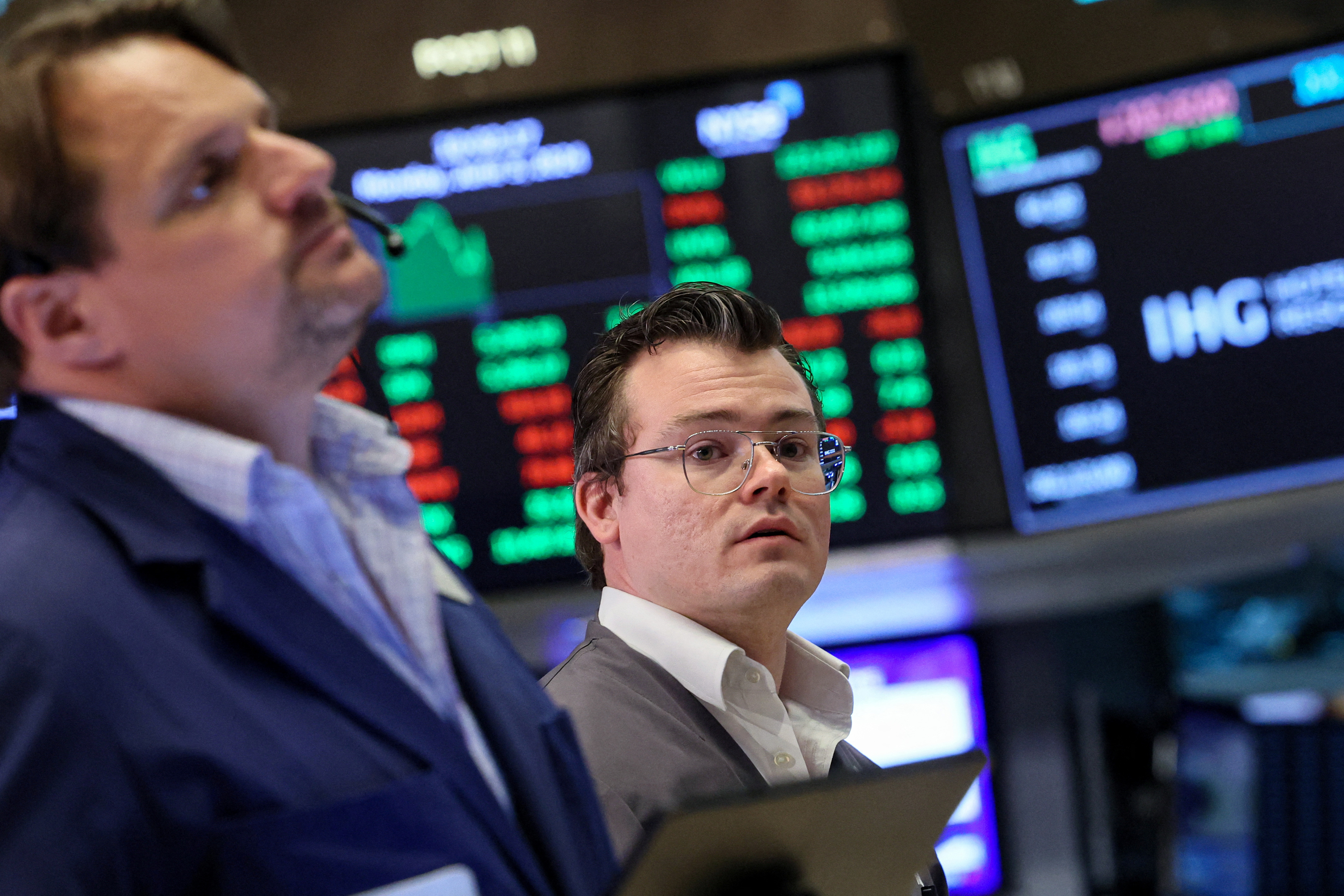
The price of gold has been under pressure as the dollar gained strength, making the metal more expensive for holders of other currencies. Market analysts noted that the U.S. dollar index, which measures the currency against a basket of others, saw a modest uptick, dampening gold’s appeal as a safe-haven asset.
Despite the dollar's recovery, investors continued to eye potential rate cuts by the Federal Reserve, which would generally be supportive of gold prices. Lower interest rates reduce the opportunity cost of holding non-yielding assets like gold, making them more attractive to investors. Market sentiment was bolstered by expectations that the Fed might ease its monetary policy to counteract slowing economic growth.
However, the strength of the dollar outweighed this optimism, leading to a slight decline in gold prices. Traders are now closely monitoring the upcoming statements from Federal Reserve officials for any hints on the future direction of monetary policy. The balance between the dollar’s movements and rate-cut expectations will likely continue to play a crucial role in determining the trajectory of gold prices in the coming weeks.
Geopolitical tensions, particularly in the Middle East, also played a role in the market’s movements. While these tensions generally support gold prices as investors seek safe-haven assets, the impact was somewhat muted by the dollar's strength. The situation remains fluid, and any escalation could lead to further volatility in the gold market.
Additionally, global economic uncertainties, including the ongoing trade disputes between major economies, have kept investors on edge. These concerns have prompted some market participants to hold onto gold as a hedge against potential market downturns. However, the metal’s performance remains closely tied to the dollar’s strength and the Federal Reserve’s policy decisions.
In the broader context, gold has seen a relatively steady performance over the past few months, with prices hovering near key levels of support and resistance. Analysts suggest that the metal could continue to trade within a narrow range as the market awaits clearer signals from central banks and geopolitical developments.
The demand for gold has also been influenced by shifts in investor behavior, with some opting for other assets perceived as safer or offering better returns. This shift has added to the pressure on gold prices, although the metal’s long-term appeal as a store of value remains intact.
Looking ahead, market participants will be watching for any changes in economic data that could influence the Federal Reserve’s decisions. Inflation figures, employment reports, and other key indicators will be crucial in shaping expectations around rate cuts and, consequently, gold’s performance.
The interplay between the U.S. dollar and gold is expected to remain a key focus for investors, with any significant movements likely to trigger shifts in the market. While the short-term outlook for gold may be uncertain, the metal continues to serve as an important barometer of market sentiment, particularly in times of economic and geopolitical uncertainty.
Overall, gold's slight decline on Tuesday underscores the complex dynamics at play in the market, with the strength of the U.S. dollar and expectations for Federal Reserve actions both exerting significant influence on the metal's price movements. As the situation evolves, gold investors will need to stay attuned to these factors to navigate the market effectively.
Topics
Live News
